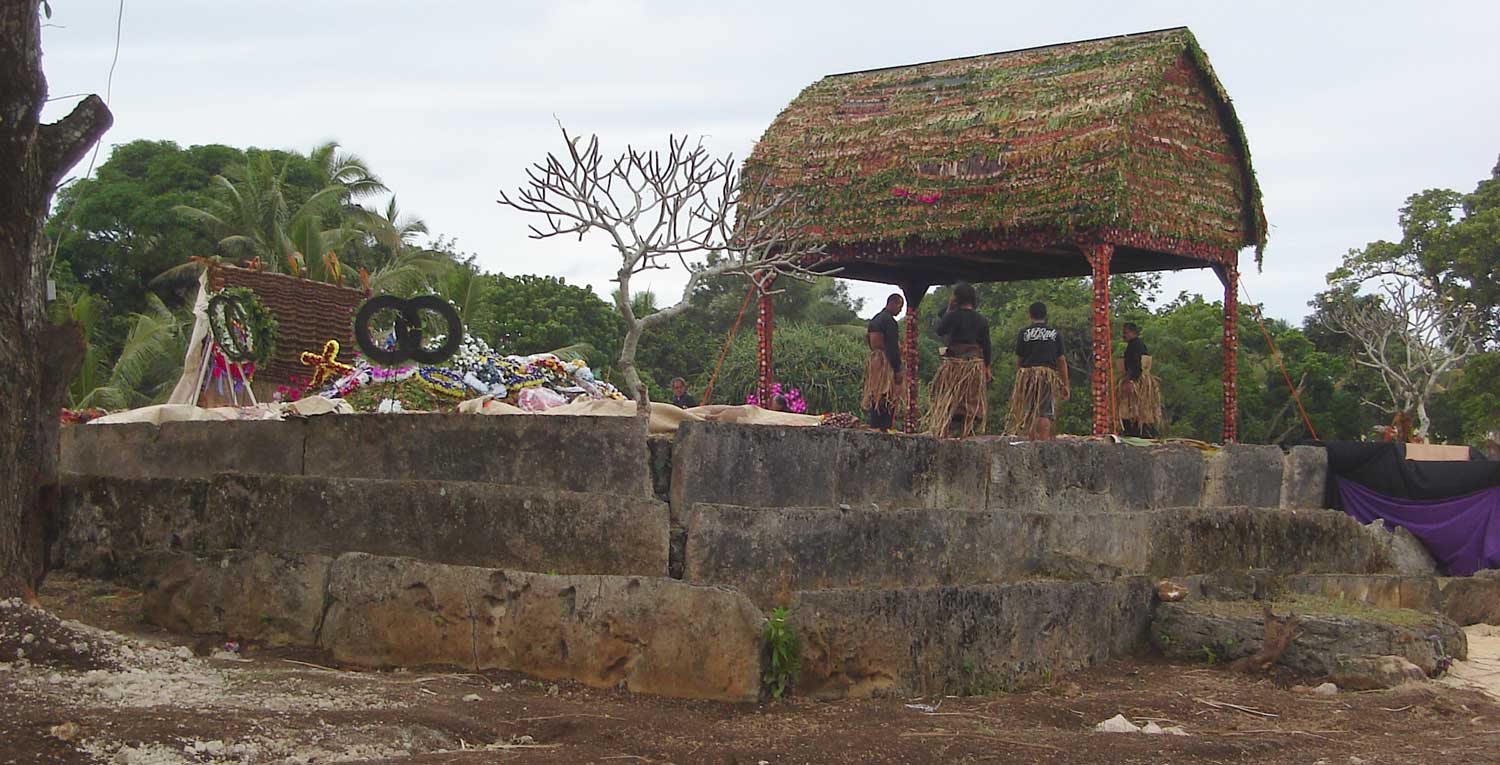Muʻa, a small town in the Hahake district of Tongatapu, Tonga, holds a significant place in the history of the Tongan empire. Once the ancient capital, Muʻa is renowned for its langi, the royal burial tombs that are a testament to the island’s rich cultural heritage. These monumental structures are not only a reflection of the architectural prowess of ancient Tongans but also provide insight into the social and political structures of the time.
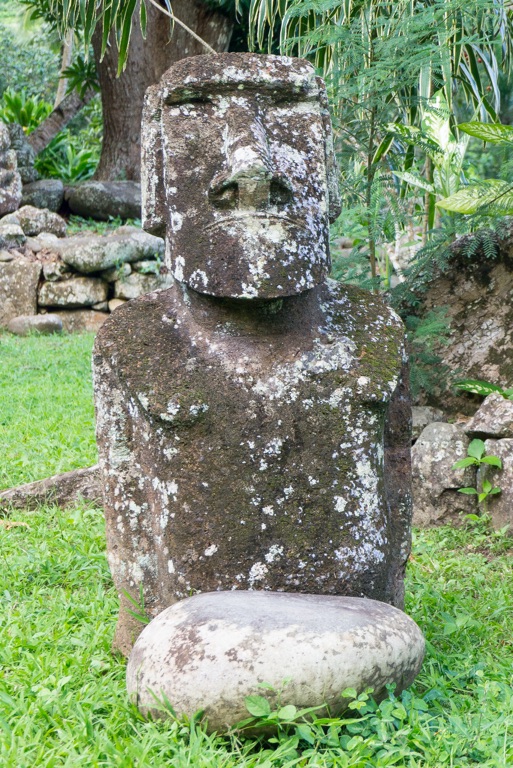
Anthropomorphic Sculptures of Nuku Hiva
The Marquesan Archipelago, located in French Polynesia, has been a subject of fascination since the arrival of Europeans in the late 16th century. Among the most intriguing aspects of Marquesan culture are the anthropomorphic sculptures, commonly referred to as tiki. Despite their historical significance, these sculptures have not been systematically surveyed, documented, and analyzed until recent decades.
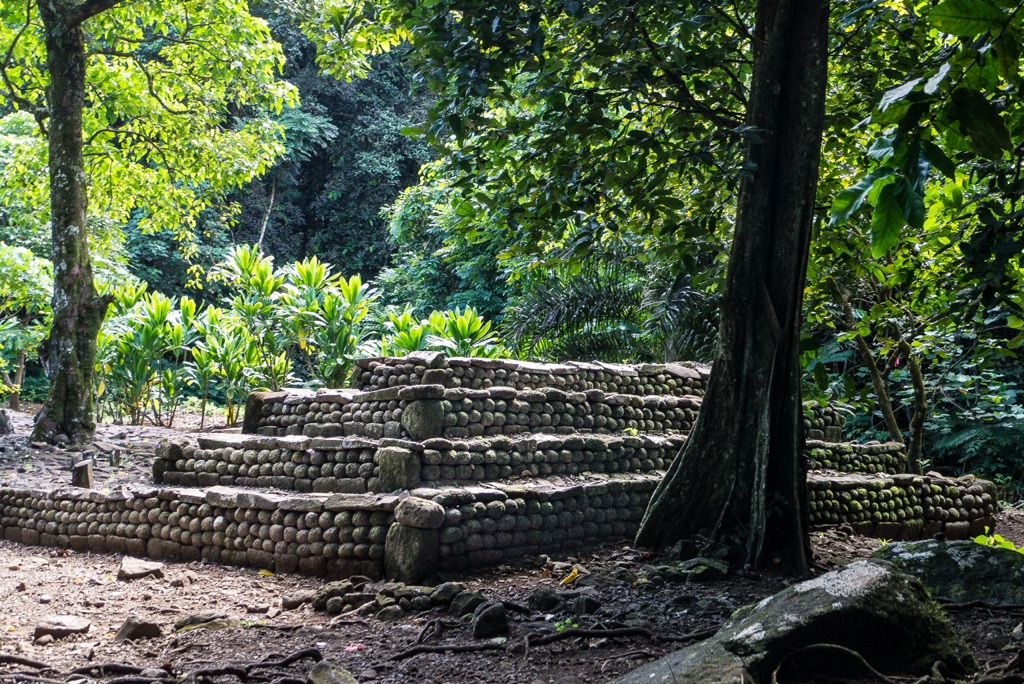
The Marae of Mo‘orea
The island of Mo‘orea, located in French Polynesia, is not only a place of breathtaking natural beauty but also a site of significant historical and cultural importance. Among its most intriguing aspects are the marae, ancient stone structures that offer a glimpse into the island’s past. These structures, which sometimes span up to 4,000 square feet, were central to the religious, social, and political life of the Maohi, Mo‘orea’s original settlers.
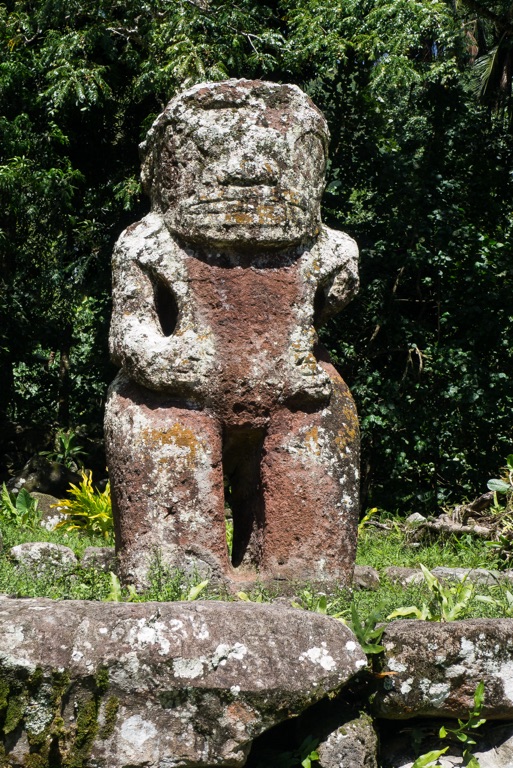
The Tiki Statues of Hiva Oa
The Marquesas Islands, located in the Pacific Ocean, are part of French Polynesia. Among these islands, Hiva Oa stands out for its archaeological significance, particularly due to the presence of ancient tiki statues. These statues offer a window into the pre-European culture of the Marquesan people, providing insights into their religious beliefs, social structure, and artistic practices.
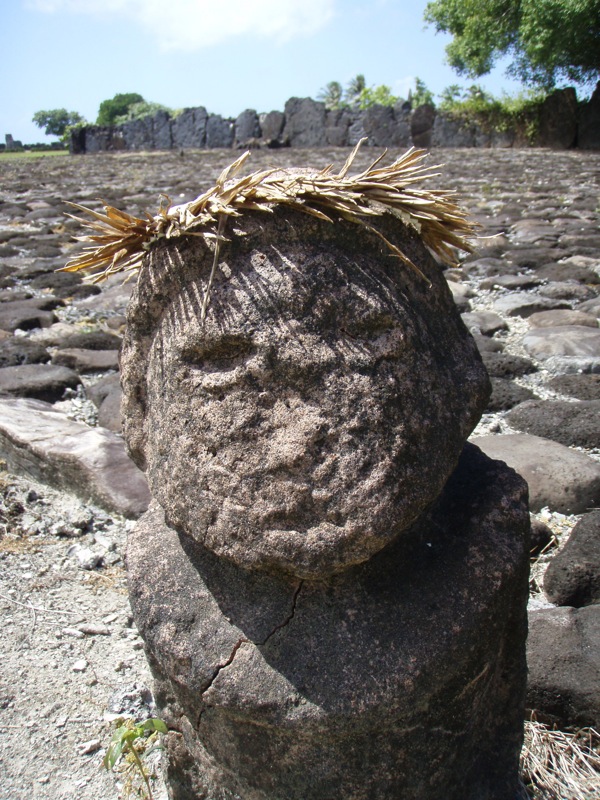
Marae Taputapuatea
Marae Taputapuatea, located on the southeastern coast of Raiatea in French Polynesia, stands as a monumental testament to the religious and political significance of Eastern Polynesian culture. This marae complex, which was inscribed on the UNESCO World Heritage List in 2017, serves as a crucial link to understanding the traditional practices and beliefs of the Eastern Polynesian people.
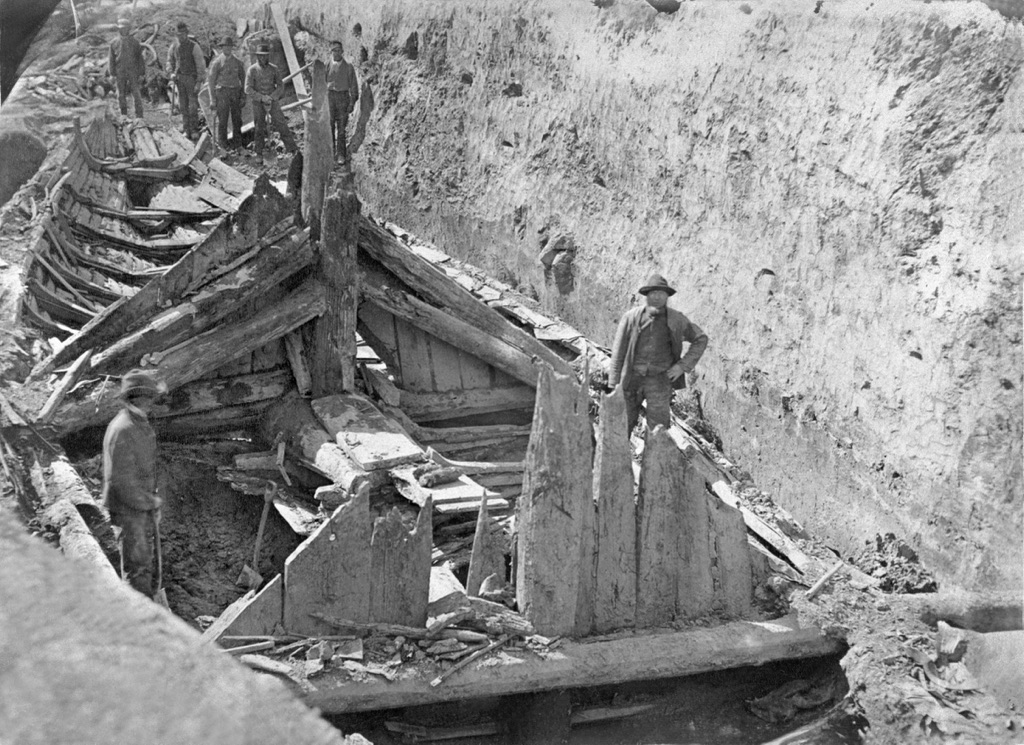
Gokstad Ship Burial
The Gokstad Mound, located at Gokstad Farm in Sandefjord, Vestfold County, Norway, represents one of the most significant archaeological finds from the Viking Age. Known also as the King’s Mound (Kongshaugen), this site gained international prominence following the discovery of the 9th-century Gokstad Ship, a remarkable example of Scandinavian shipbuilding and burial practices of the era.

